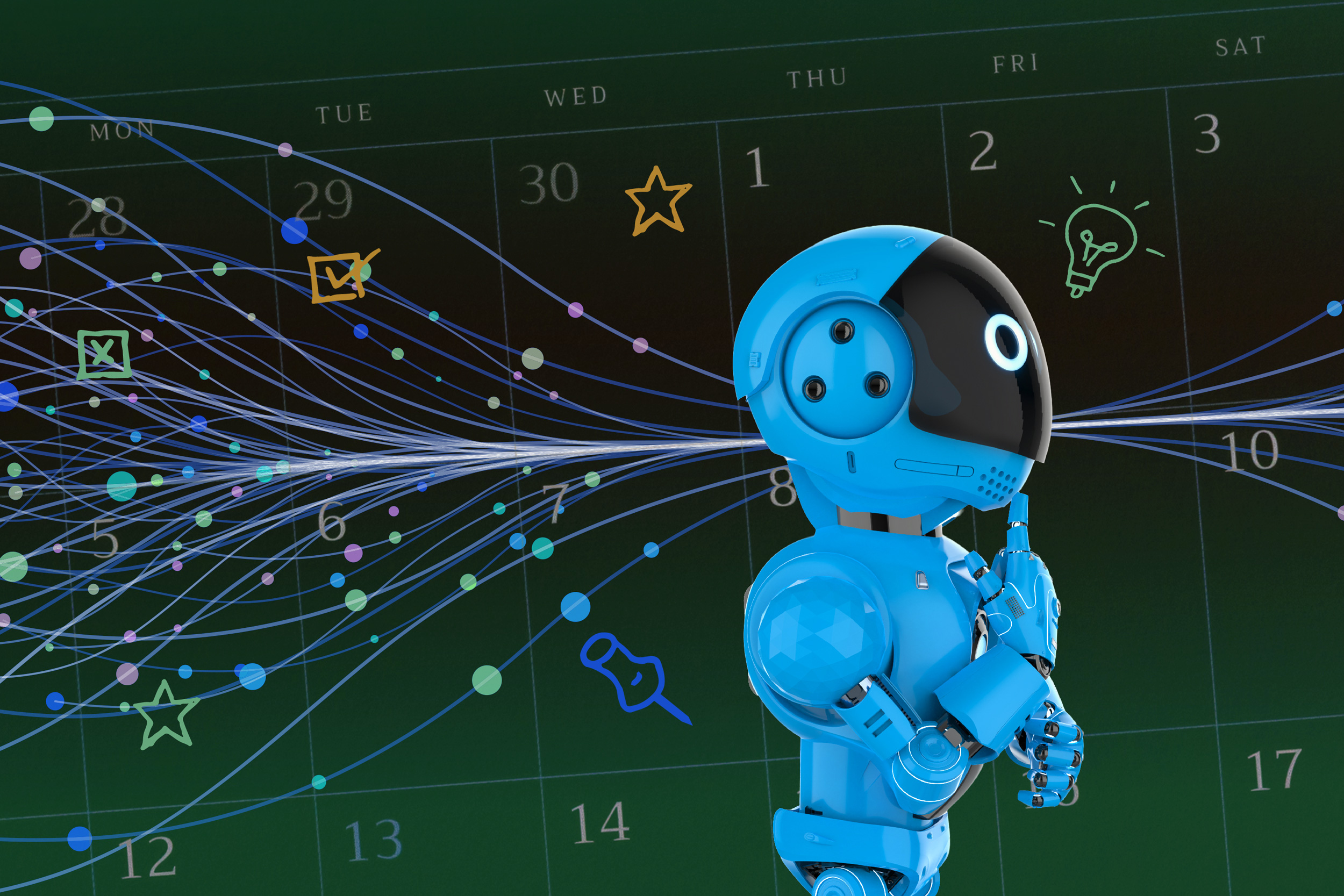
MIT researchers enable LLMs to permanently absorb new knowledge via self-generated study sheets.
MIT researchers have developed a technique allowing large language models (LLMs) to permanently internalize new information, mimicking how students learn from notes. Once deployed, traditional LLMs cannot adapt to new knowledge, but this new approach lets models generate study sheets from user input and update their internal parameters to memorize information. The method uses multiple self-edits and trial-and-error to optimize learning, improving accuracy in question-answering and pattern recognition. In tests, small models outperformed much larger ones, suggesting potential for more efficient, adaptive AI systems. While limitations remain, the technique could help AI agents adapt to evolving tasks and environments.
Architectural Insight
This reflects emerging architectural shifts in AI pipelines — more composable, context-aware, and capable of self-evaluation.
Philosophical Angle
It hints at a deeper philosophical question: are we building systems that think, or systems that mirror our own thinking patterns?
Human Impact
For people, this means AI is becoming not just a tool, but a collaborator — augmenting human reasoning rather than replacing it.
Thinking Questions
- When does assistance become autonomy?
- How do we measure ‘understanding’ in an artificial system?
Source: Teaching Large Language Models to Absorb New Knowledge MIT News